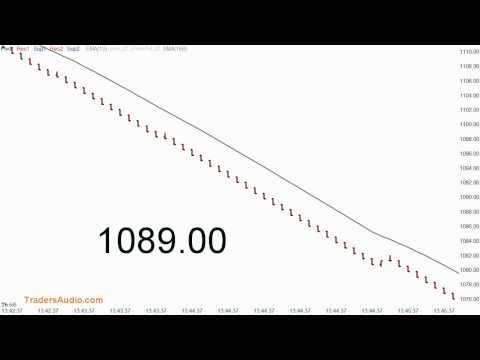Capitalizationweighted index Wikipedia the free encyclopedia
Post on: 11 Апрель, 2015 No Comment

This article needs additional citations for verification . Please help improve this article by adding citations to reliable sources. Unsourced material may be challenged and removed. (January 2013)
A capitalization-weighted (or cap-weighted) index. also called a market-value-weighted index is a stock market index whose components are weighted according to the total market value of their outstanding shares. Every day an individual stock’s price changes and thereby changes a stock index’s value. The impact that individual stock’s price change has on the index is proportional to the company’s overall market value (the share price multiplied by the number of outstanding shares), in a capitalization-weighted index. In other types of indices, different ratios are used.
For example, the AMEX Composite Index (XAX) had more than 800 component stocks. The weighting of each stock constantly shifted with changes in the stock’s price and the number of shares outstanding. The index fluctuates in line with the price move of the stocks. [ 1 ]
Contents
§ Mathematical formulae [ edit ]
The formula underneath is simple way of seeing the percent changes that your ETF (or any other shares of stock, for that matter) has gained (or loss). If an investor purchases 100 shares of AAPL at $1.00 and a month after the purchased AAPL is trading at $1.10, the investment yielded a 10% gain/return (($110/$100)-1=0.1, or 10%).
§ Free-float weighting [ edit ]
A common version of capitalization weighting is the free-float weighting. With this method a float factor is assigned to each stock to account for the proportion of outstanding shares that are held by the general public, as opposed to closely held shares owned by the government, royalty, or company insiders (see float ). For example, if for some stock 15% of shares are closely held, and the other 85% are publicly held, the float factor will be 0.85, by which the company’s market capitalization will be multiplied before weighting its value against the rest of the index. In other words, the number of shares used for calculation is the number of shares floating, rather than outstanding.

An index that is weighted in this manner is said to be float-adjusted or float-weighted, in addition to being cap-weighted. For example, the S&P 500 index is both cap-weighted and float-adjusted. [ 2 ]
Traditionally, capitalization-weighted indices in the United States tended to have a full weighting, i.e. all outstanding shares were included; overseas, because partial government ownership of large companies was more common, so-called float-weighted indexing has been the norm for many non-U.S. indices. Recently, many of the U.S. indices, such as the S&P 500, have been changed to a float -adjusted weighting which makes their calculation more consistent with non-U.S. indices.
§ Other types of indices [ edit ]
An index may also be classified according to the method used to determine its price. In a price-weighted index such as the Dow Jones Industrial Average. the price of each component stock is the only consideration when determining the value of the index. Thus, price movement of even a single security will heavily influence the value of the index even though the dollar shift is less significant in a relatively high-value name. In a fundamentally weighted index, stocks are weighted by fundamental factors like sales or book value.














